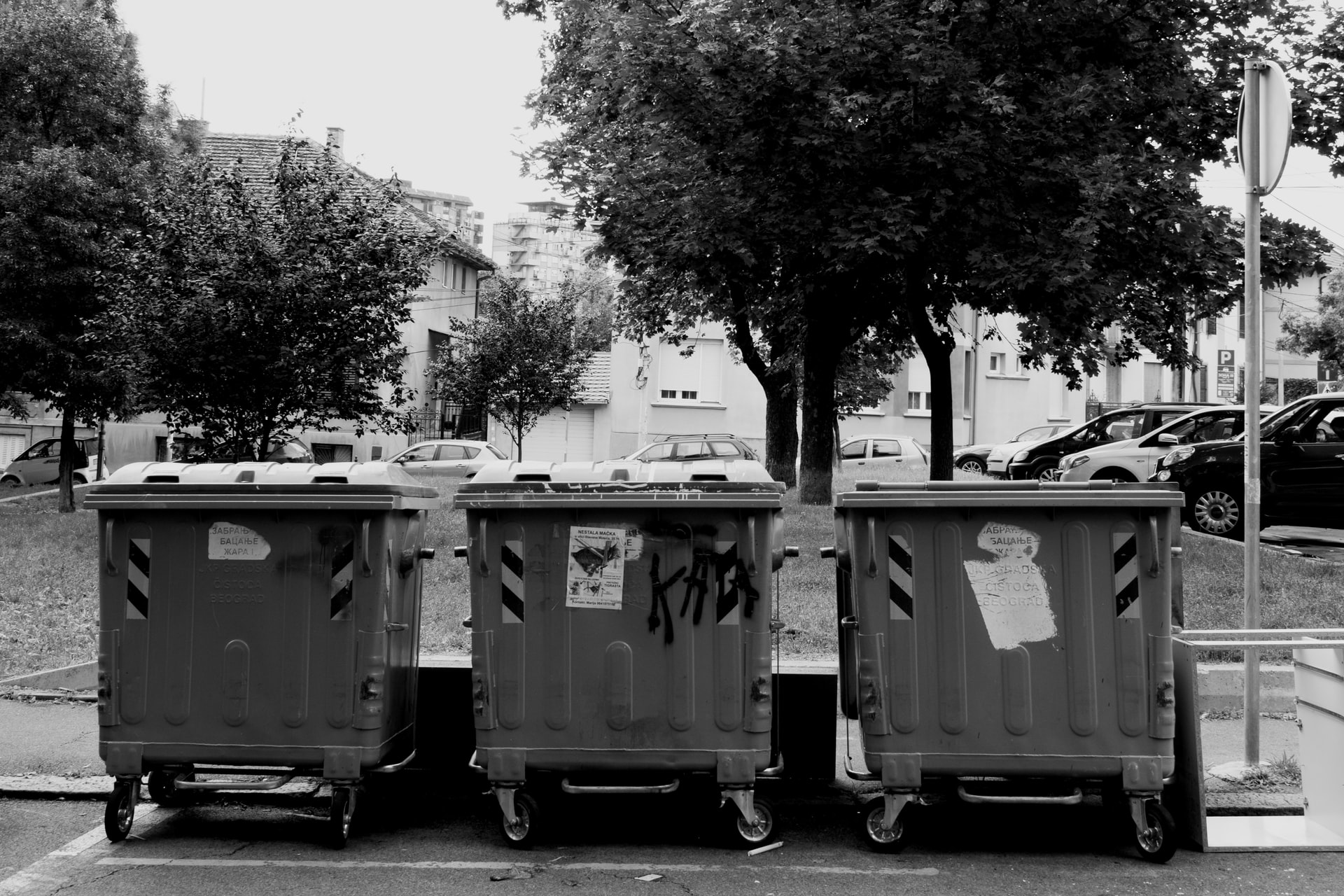
Client: Jäätmemaaklerid OÜ
Period: 2012
There are many local governments but few waste management companies. Many smaller local governments find themselves in a situation where their market power to negotiate contract conditions is not great. Could one solution be co-operation?
The aim of the current analysis is to assess cost savings that Harju County local governments (except Tallinn) and their inhabitants can achieve if waste management activities are rearranged. Three scenarios were analysed:
• Base scenario (SO) – where it is presumed that waste management is arranged the way it has been done so far.
• Restricted project scenario (S1) – only part of the whole project’s activities are carried out which results in the delegation of an important part of their waste management related activities to a co-operation centre which is used to acquire the service. Most important quantitative effects viewed in the analysis at hand from the implementation of this project scenario should come from the fact that procurements are arranged by five main regions (with the size of ca 30 000 inhabitants) instead of many small ones.
• Full-scale project scenario (S2) – where, in addition to the activities described in the restricted scenario, cash flows which so far have moved directly between the proprietor of the waste and the transporter are directed through the co-operation centre. As a result, the co-opreation centre takes over, in addition to what was described in scenario S2, some of the responsibilities of wage management companies (firstly, servicing clients and functions related to the gathering of waste transportation fees). The co-operation centre is constructed in a manner that the fees collected from inhabitants cover all expenses related to the activities of the co-operation centre. Such an arrangement of things means to the local government that a completely new source of funding appears to finance waste management (the fee collected by the co-operation centre from local residents).
The results showed that from the point of view of local governments both project scenarios (both S1 an S2) are worth carrying out (when compared to the base scenario) – net present value is positive in both cases which means that local governments could financially gain from this rearrangement. The gain would be 1.2 million € in S1 which comes from the fact that the co-operation centre can do the work which has so far been done in local governments with less people – it is essentially a gain in efficiency. This number can be interpreted so that if Harju County local governments would decide to carry out project scenario S1 then they could carry out activities related to waste management in addition to the ones they have been doing so far with net present value up to 1.2 million € – if the NPV of additional costs does not exceed this amount then the overall expenses of local governments are still smaller than with the continuation of the present arrangement.
The gain for local governments with scenario S2 is still considerably larger (ca 4.7 million €) primarily because the activities so far funded by local governments move to the shoulders of local residents while the revenues of local governments do not change because of this difference. Thus, local governments have essentially saved on the expenses of carrying out all these duties which are taken over by the co-operation centre.
If we look at the financial profitability of the project for Harju County residents (or expanded financial net present value) then the picture is a little different because scenario S2 brings larger expenses (primarily investment, loan interest and value added tax) while S1 gives residents the majority of gains from the project with less expenses. In conclusion, the expanded net present value should be interpreted so that if Harju County local governments decide to implement project scenario S2 then they could carry out additional activities related to waste management with expenses net present value up to 3 million € – if the rise of the NPV of expenses remains below that figure then the total cost for the local government resident is still smaller than if continued like now. The corresponding figure would be a little less than 1.4 million € for scenario S2.
If we look at purely financial figures and presume that local governments consider the financial gain of citizens primarily important then project S1 should be implemented. On the other hand, scenario S2 has many qualitative advantages that should be kept in mind. It is certainly of importance to local governments that S2 allows to use an entirely new source of funding for activities related to waste management. In addition to previously mentioned ones, there are other qualitative effects which are more evident with scenario S2 but which, unfortunately, cannot be quantitatively assessed.
The most important ones are:
• the proprietor of waste has one long-term contractual partner in the form of a waste management centre which provides arranged waste transportation service, client service, notification, counselling and other waste information, including information about the status of one’s waste transportation service, problem solving and the possibilities of yielding waste which has been collected by type but has not been covered by organised waste transportation;
• the quality of the service, price level and availability get leveled in the whole service area of the waste management centre, both central and peripheral areas, regardless of the fact that different transportation areas can have different waste transporters or waste transporters and waste processors are changed every three to five years;
• the proprietor of waste knows that the waste transportation service fee includes the expense of managing the network of separately collected waste which allows the use of waste stations and the yielding of hazardous waste is free, should increase the law obedience.
The analysis was made in co-operation with Jäätmemaaklerid OÜ.